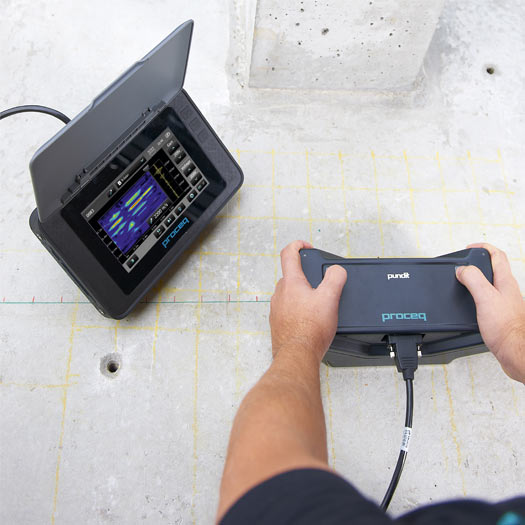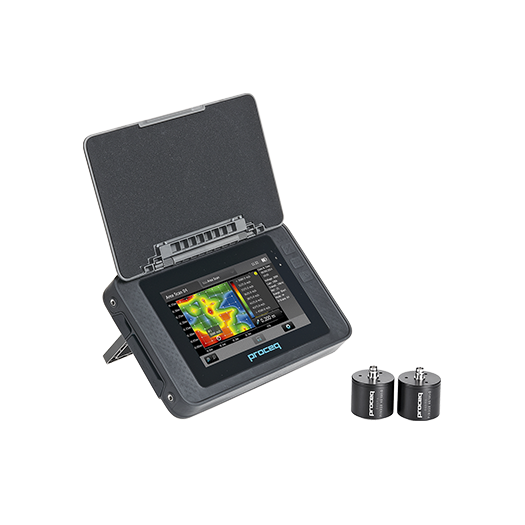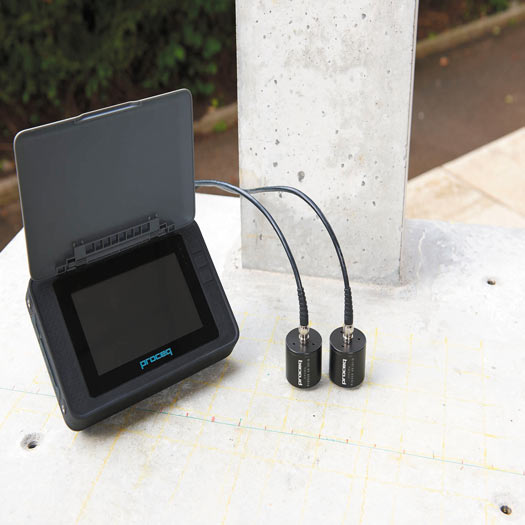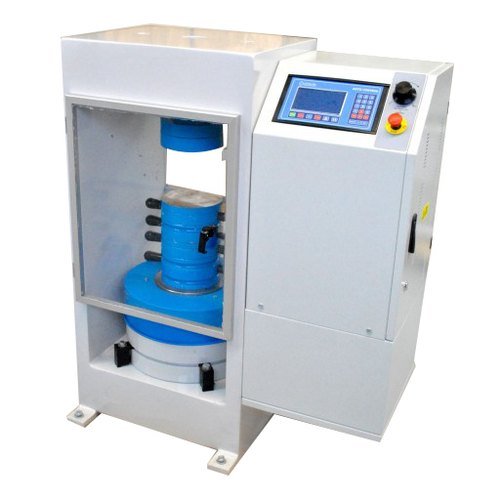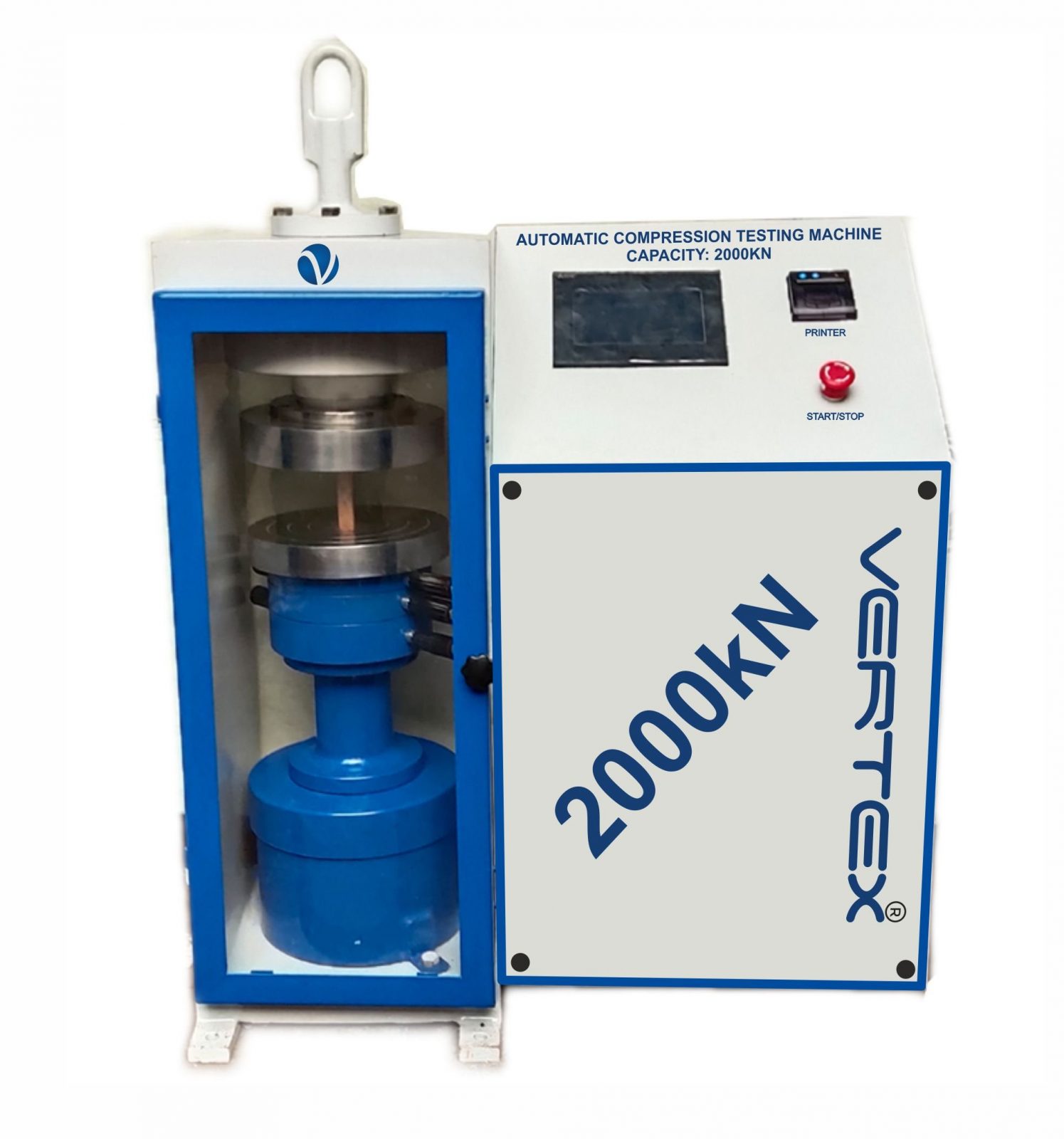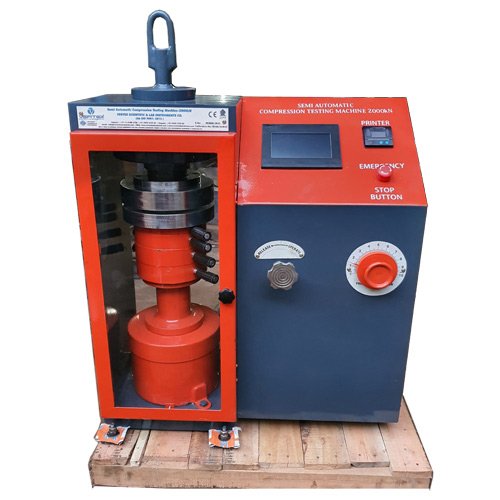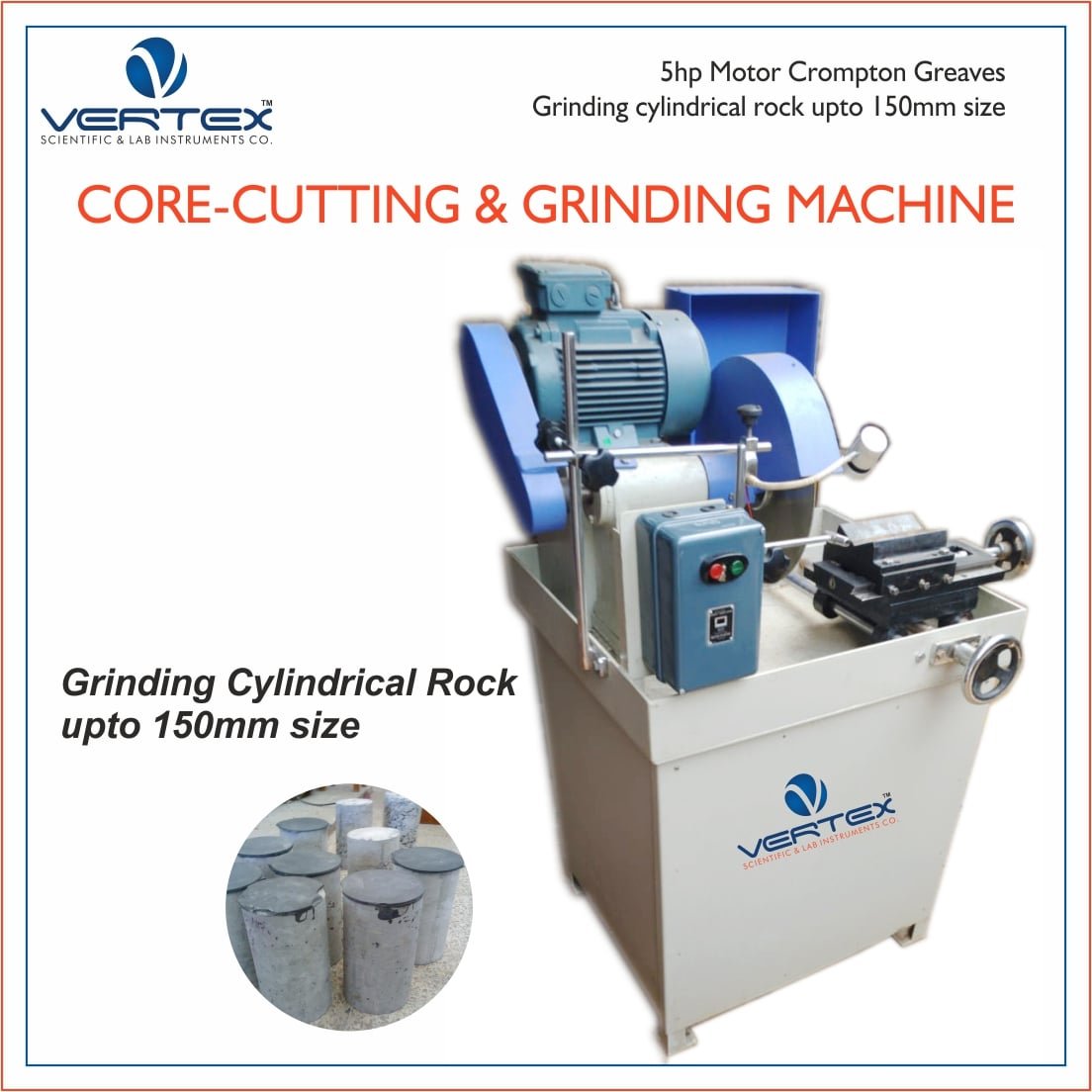Question: 1) How to Operating Proceq PL-200?
Answer:
The Proceq Pundit PL200 is a non-destructive testing instrument used for assessing the condition of concrete structures by measuring the velocity of ultrasonic pulses. Here are the basic operating instructions for the Proceq Pundit PL200:
1. Power On and Initialization:
- Make sure the PL200 is charged or has fresh batteries.
- Turn on the instrument by pressing the power button. Wait for it to initialize.
2. Select Test Mode:
- The PL200 offers various test modes, including Pulse Velocity, Pulse Echo, and Impulse Response. Use the mode selection buttons to choose the desired test mode.
3. Prepare the Transducer:
- Connect the appropriate transducer to the PL200. The type of transducer you need depends on the specific test you want to perform (e.g., direct transmission or surface testing).
4. Set Measurement Parameters:
- Depending on the test mode and conditions, you may need to set parameters such as the distance between the transmitter and receiver, the gain, and the threshold. Refer to the instrument’s user manual for guidance on parameter settings.
5. Apply Couplant:
- If you are using direct transmission, apply a suitable couplant (ultrasonic gel or water) to the surface of the concrete to ensure good contact between the transducer and the concrete.
6. Perform the Test:
- Position the transducer on the concrete surface at the selected measurement point.
- Trigger the PL200 to send an ultrasonic pulse.
- The instrument will record the time it takes for the pulse to travel through the concrete and return to the transducer. This time measurement is used to calculate the pulse velocity.
7. Record and Interpret Results:
- The PL200 will display the results on its screen. Depending on the test mode, you will see values such as pulse velocity, waveforms, or other relevant data.
- Interpret the results to assess the condition of the concrete structure. Pulse velocity measurements can be used to estimate concrete quality, identify voids, and detect the presence of defects.
8. Save or Document Results:
- If needed, save the measurement data to the instrument’s memory or connect it to a computer for data transfer and further analysis.
9. Power Off and Cleanup:
- After completing your testing, power off the PL200 to conserve battery life.
- Clean the transducer and instrument, removing any couplant or debris.
10. Review the User Manual: – Familiarize yourself with the detailed operating instructions, guidelines, and safety precautions provided in the Proceq Pundit PL200 user manual. This manual will provide specific information on settings, data interpretation, and maintenance.
Always ensure that you follow safety procedures and guidelines when using the Proceq Pundit PL200 to ensure accurate and reliable test results while maintaining the integrity of the instrument.
Certainly! Here are some frequently asked questions (FAQs) about the Proceq Pundit PL200:
1. What is the Proceq Pundit PL200 used for?
- The Proceq Pundit PL200 is a non-destructive testing instrument used for assessing the condition of concrete structures by measuring the velocity of ultrasonic pulses. It helps in evaluating concrete quality, detecting voids, and identifying defects in concrete.
2. How do I select the appropriate test mode on the PL200?
- The PL200 offers different test modes, such as Pulse Velocity, Pulse Echo, and Impulse Response. Use the mode selection buttons on the instrument to choose the desired test mode based on your specific testing requirements.
3. What is the role of couplant in ultrasonic testing with the PL200?
- Couplant (usually ultrasonic gel or water) is applied to the concrete surface when using direct transmission testing to ensure good acoustic contact between the transducer and the concrete. This ensures accurate measurements.
4. How do I interpret the results obtained with the PL200?
- The PL200 typically displays results such as pulse velocity values, waveforms, or other data. Interpretation of these results depends on the specific test and the concrete structure being assessed. Reference the user manual or seek guidance from a qualified expert for result interpretation.
5. Can the PL200 detect defects and voids in concrete structures?
- Yes, the PL200 can detect voids and defects in concrete structures by analyzing the ultrasonic pulse velocity. Differences in velocity may indicate the presence of anomalies within the concrete.
6. Is the PL200 suitable for field use and outdoor testing?
- Yes, the PL200 is designed for field use and can be used for outdoor testing on concrete structures.
7. Can I save and document the test results obtained with the PL200?
- Yes, the PL200 often allows you to save measurement data for documentation and analysis. You can also connect the instrument to a computer for data transfer and further processing.
8. What maintenance is required for the PL200?
- Regularly clean the transducer and instrument after use to remove couplant and debris. Refer to the user manual for specific maintenance instructions.
9. Can I use the PL200 on different types of concrete structures?
- Yes, the PL200 can be used on various types of concrete structures, including buildings, bridges, tunnels, and more. However, proper technique and parameter settings may vary depending on the specific structure and testing requirements.
10. Where can I find technical support or further assistance for the Proceq Pundit PL200? – You can contact the manufacturer, Proceq, for technical support and product-related inquiries. Additionally, referring to the user manual and seeking guidance from experienced professionals in non-destructive testing is advisable for accurate and reliable results.
Always follow safety guidelines and recommended procedures when using the Proceq Pundit PL200 to ensure the safety of users and the integrity of test results.

